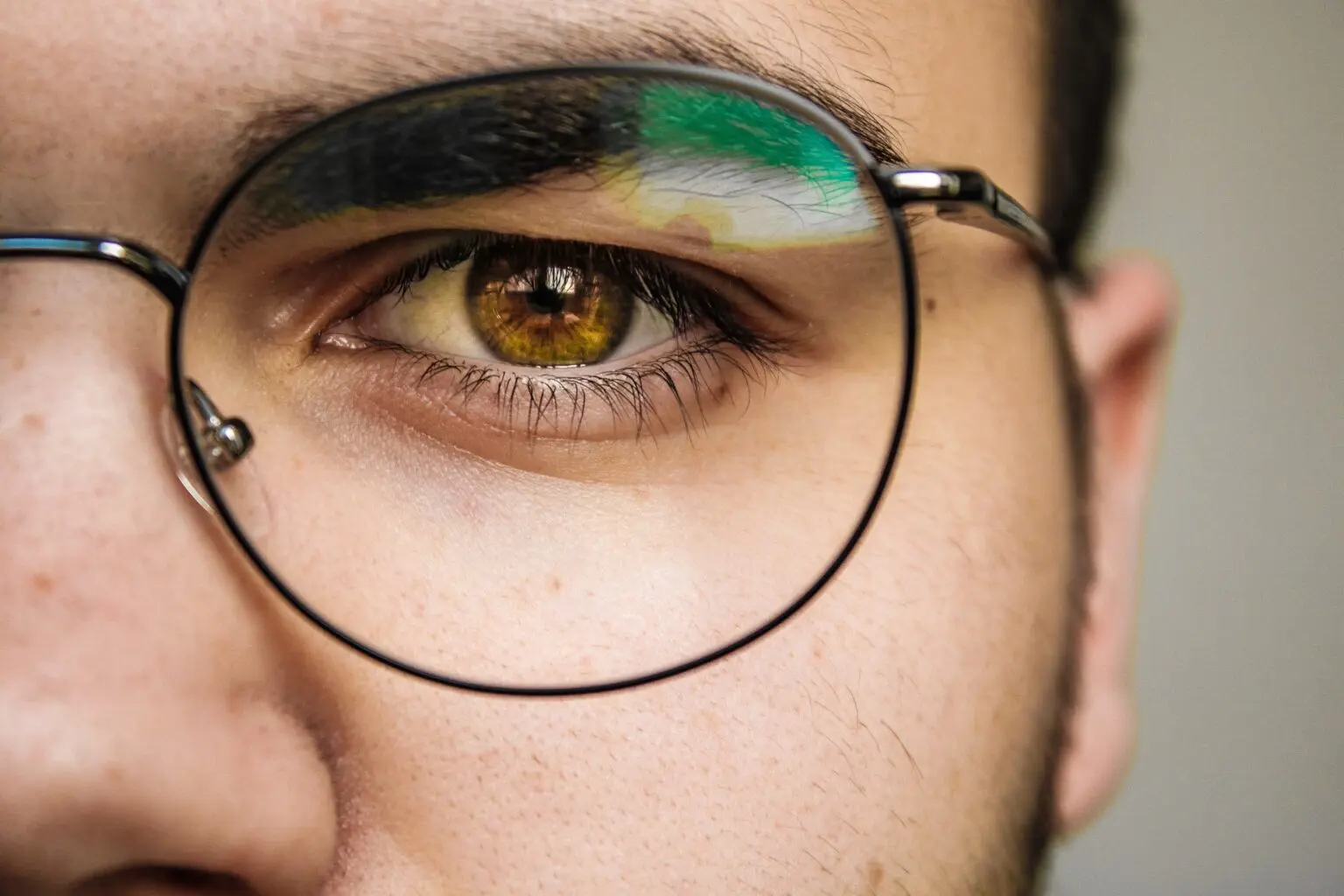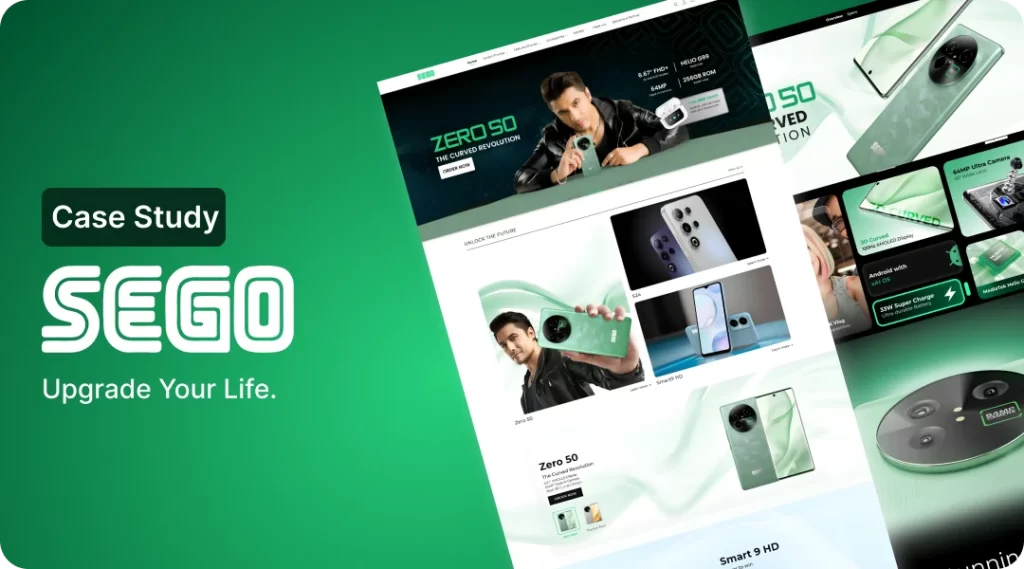According to a recent story from The Information, the high-end screens that were initially intended for Meta’s augmented reality glasses won’t be included in the first component of the product that it sells to the general public. Sources have informed the publication that Meta’s AR glasses will make use of older glass lenses and display technologies. The decision to use older glass lenses and display technologies for Meta’s AR glasses is likely aimed at reducing costs and making the product more accessible to a wider audience. While liquid crystal on silicon screens offers high-end visuals, opting for older technologies may allow Meta to offer the glasses at a more affordable price point without compromising on functionality.
The first set of consumer-facing AR glasses from Meta, code-named Artemis, are scheduled for delivery in 2027, as The Verge revealed last year. Next year, the business plans to release its first set of AR glasses for internal testing and a small group of developers.
According to reports, Meta would apparently employ Liquid Crystal on Silicon (LCoS), an antiquated display technology that was initially used in movie projectors in the 1990s, in place of MicroLED screens for its consumer AR glasses. This “technology isn’t known for its brightness,” as The Information’s Wayne Ma remarked, which is crucial for AR goods since they must be able to project pictures into the actual world even in bright conditions.

Once its supply of components runs out, Meta will discontinue producing the poorly received Quest Pro headset.
Additionally, the glass waveguide that Meta’s Artemis glasses are said to employ, which lets light pass through the glasses and into your eyes, may restrict their field of vision to 50 degrees. The Information claims that silicon carbide, which has a 70-degree field of vision, was Meta’s first choice. Given that the Liquid Crystal on Silicon screens may be used in Meta’s first commercial augmented reality (AR) glasses, code-named Artemis; The Magic Leap One and Microsoft’s second-generation HoloLens both have a 50-degree field of vision; the decrease may make it more difficult for Meta’s consumer-oriented glasses to stand out from the crowd.
The Information reports that the first version of Meta’s glasses, intended only for developers and internal demos, will still come with the higher-end MicroLED displays and lenses with silicon carbide, allowing for a 70-degree field of view, despite the company’s plans to scale back on the technology it will include in its second-generation glasses.
This is the hardware roadmap for augmented reality and virtual reality from Meta for the next four years.
For its first set of consumer AR glasses, Meta is lowering more features than just the screens. The “oval-shaped wireless puck” that comes with the gadget has certain pieces that are being replaced, according to The Information, in order to “offload parts of the computing.” The puck will no longer have a lidar sensor but will instead allegedly include a battery, a 5G modem, and a touchpad. It was intended to “detect the device’s surroundings and import 3D objects, including faces and bodies, into the digital world,” according to The Information.
Meta is scaling back the development of its Quest Pro headgear due to rising expenses and exploration of the metaverse. Once components run out, the company will cease producing the headsets. It is also delaying the production of a second-generation Quest Pro due to evolving roles in the conflict.
Meta’s Artemis AR glasses may use liquid crystal on silicon screens.
According to a recent story from The Information, the high-end screens that were initially intended for Meta’s augmented reality glasses won’t be included in the first component of the product that it sells to the general public. Sources have informed the publication that Meta’s AR glasses will make use of older glass lenses and display technologies.





